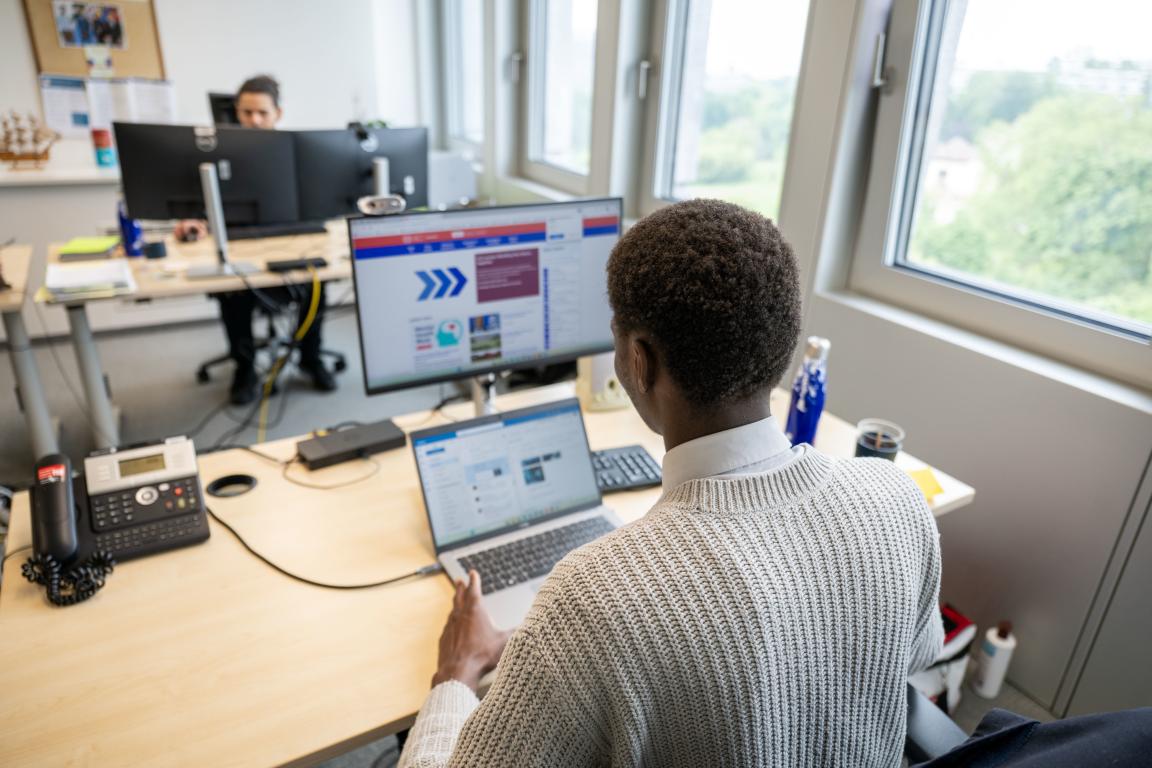
This event is organized as part of ITU's AI for Good Series.
Artificial intelligence is rapidly entering workplaces around the world, sparking intense debate about which workers are most exposed and where the labour market effects will be felt first. Much of this discussion focuses on occupations, assuming that “AI-exposed jobs” look the same across countries. But they do not. Workers in the same occupation often perform very different tasks depending on their country’s level of development, technology adoption, digital infrastructure, and available skills.
This presentation introduces the first global, task-adjusted measure of workers’ AI exposure, covering 108 countries and representing nearly 90 percent of the world’s employment. Using international survey data from the OECD, the World Bank, and the China Urban Labor Survey, the study reveals striking differences in how work is structured across development levels. AI exposure rises sharply with GDP per capita and the study argues that this effect is driven mainly by differences in the tasks people perform within the same occupations across countries, rather than by differences in occupational structures.
By unpacking these differential effects, the presentation will open a discussion on how AI may reinforce or reshape global labour market inequalities, and how skills, technology, and digital infrastructure shape countries’ readiness. The session will clarify where AI’s labour market effects are likely to be felt first, and why its impact will not be uniform across the world.
Speakers


Moderators

Dialog
Dialog

